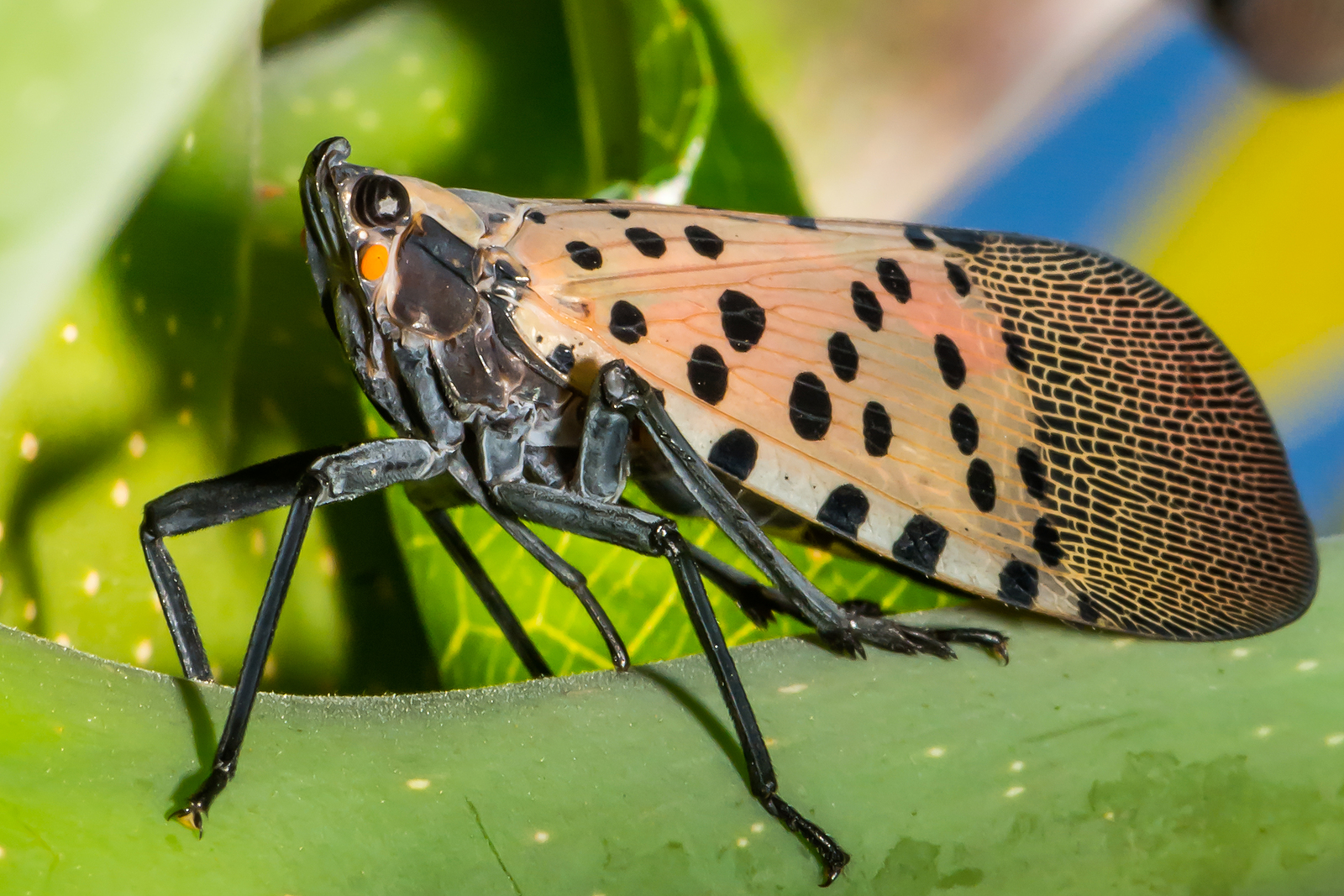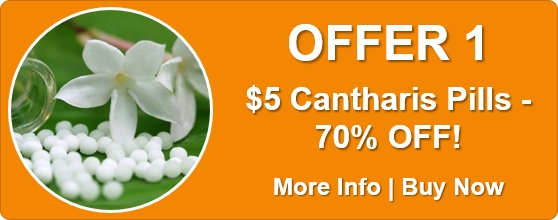Homeopathy Controls Lanternflies

The spotted lanternfly is an attractive but invasive pest which, in large enough numbers, destroys plants, crops and trees.
Lanternflies are visually attractive but destructive insects. Their voracious feeding habit damages trees, vines, and crops so that sap weeps, leaves wilt, and death of the plant usually follows.
But, an answer to this costly pest may have just been discovered by one of our newsletter subscribers. This is what she told us.
The Lanternfly infestation is really bad everywhere in my area (I am in Northeastern US). The population has been increasing exponentially over the last three years and they are basically everywhere at this point – every back yard, every park, basically anywhere where there is a tree.
I started experimenting late last summer with different remedies, but it was too late in the season – they had already started laying eggs by that point. This year, I started in the spring as soon as the nymphs appeared. I worked in my own yard and my neighbors’ yards.
The following is my logic in picking the remedy. I knew that the preferred host tree of Lanternflies is Ailanthus altissima (Tree of Heaven). They are never too far from this tree. Even though they can also infest many other trees and vines, the Tree of Heaven is by far their favorite source of food.
In my experience, any parasite is attracted to a host in which it can trigger an energy state to which it is most attracted – the energy that drives that parasite.
To learn about what the parasite wants, we can look at what the host offers by looking at the host’s own list of keynote symptoms. Ailanthus has one major mental/emotional keynote in the materia medica – that is “state as if in a dream.”
I took as a working hypothesis that this state is what attracts Spotted Lanternflies to Ailanthus.
I picked a selection of remedies which cover “mind as if in a dream” in a high degree. I used Ailanthus itself, Nux moschata, Opium, Stramonium, and a couple of others. I used 30c in water solution. I used a combination of leaf spraying and watering the solution into the roots (around the drip line of the trees). I watered early in the morning or late in the afternoon, as per Kaviraj‘s protocol. I used several pellets of remedy per 3 liters of solution.
None of the other remedies produced any effect whatsoever after multiple applications. Opium was the only remedy that produced terrific effects right away. Some trees only needed one application. Other trees needed several applications several days in a row to beat the infestation.
I started the experiment in the spring. Before I started, all the trees and vines in my yard were heavily infested with nymphs. As soon as I started with Opium 30c applications, the trees which I treated remained free from nymphs throughout the season. Not only that, but the areas which I treated remain free of the Lanternflies even now, when they are in the winged stage (they spend the spring and first half of the summer in the nymph stages and then evolve on to the winged stage around late July).
I see winged Lanternflies all over the state this August except the specific trees and vines which I treated. They continue to stay away from these.
My experiment needs to be repeated by other people in different areas and climates. I think my results are promising and I would love to see whether other people get the same results that I did.
One of homeopathy’s qualities is that with a little knowledge and creative thinking the average person—and gardener—can use homeopathy to solve some of life’s annoying and persistent problems, and this is one example.
If lanternflies are assailing your trees, a little homeopathic Opium may just be the answer. As our intrepid newsletter reader says, more reports are needed to confirm her findings so why not help the homeopathy-using community at large, give it a trial and then let us know what happened?







